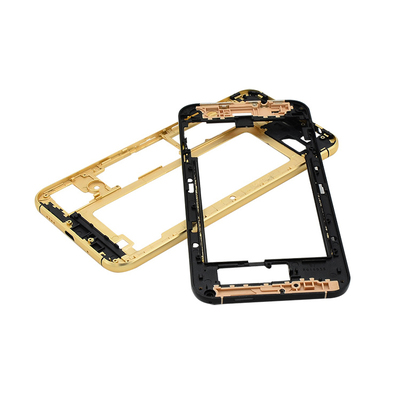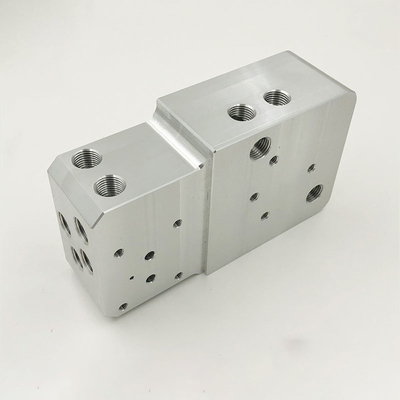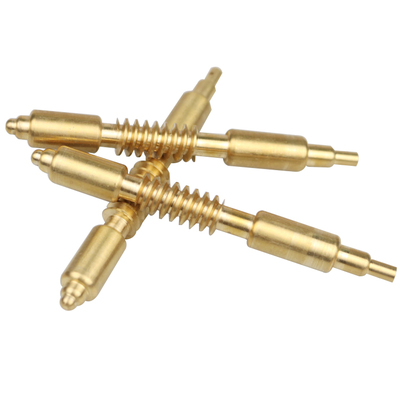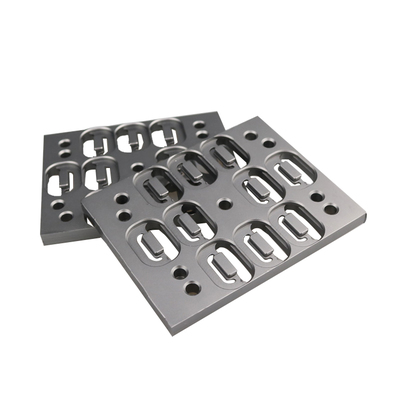Advantages Of Finishing Agents In Additive Manufacturing: Smoothness, Compatibility, Adhesion
Initially, additive manufacturing (AM) was considered too slow or too expensive to be used in mass manufacturing. Many engineers only consider using it for part prototyping, fixture manufacturing, or low-volume operations. But recent advances in software and hardware technology mean lower costs and faster production speeds, making AM an attractive alternative, even for complex or high-volume production runs.
AM makes design possibilities almost limitless. Engineers can quickly iterate designs, change custom prototypes, and test them without having to set up additional equipment or expensive tools. This is a quick and practical way to make detailed, precise, and often customized designs.
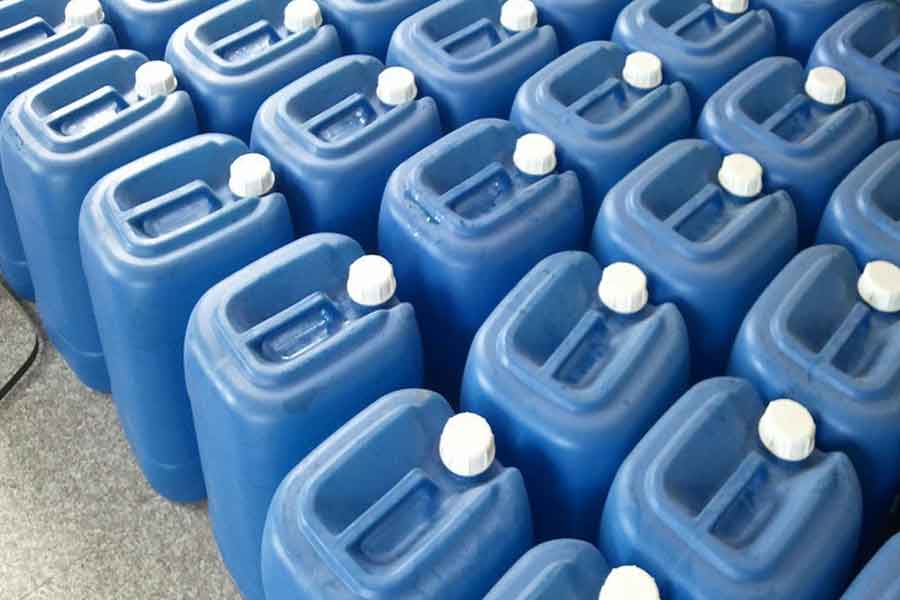
Smoother
Plastic is the material of choice for AM, and more than 80% of AM components are produced using thermoplastic or thermosetting polymers. AM polymer parts are made using a variety of printing methods, including FFF, SLS, SLA, DLP, or material injection processes. What all these methods have in common is that the parts are manufactured in layers. They are constructed in a gradual manner by depositing or extruding polymer layer by layer until the part reaches its final shape.
However, manufacturing parts is only the beginning of the AM process. Using the correct smoothing and cleaning fluid is the key. Since the additive manufacturing parts are gradually built layer by layer, this process sometimes causes them to form a stepped or stepped surface, which needs to be smoothed to obtain the finished part.
Traditional methods of smoothing terraces include grinding, polishing or sandblasting. However, these methods are usually manual, time-consuming, and often leave particles behind. Some engineers choose to use special smoothing fluids in modern steam degreasing machines to finish their plastic parts. Immerse the unfinished parts in the smooth fluid vapor that quickly evaporates in the degreasing agent, which can slightly melt the surface of the plastic parts, smooth any irregularities and remove steps. It leaves a smooth surface without any residual particles or damage to the finished parts. The quality of the finished product is comparable to parts using more traditional injection molding processes.
Ensure material compatibility
In order to prevent damage to parts, it is necessary to understand the composition of polymer parts. For example, acrylic, ABS, polycarbonate, and strongly alkaline fluids with a pH of 10 or higher require careful consideration because polymer materials may soften and swell. Finding the best smoothing fluid is usually a delicate balance, that is, choosing a fluid with a sufficiently high dissolving power to effectively level the parts, but not too strong to damage them or compromise their structural integrity.
In many cases, degreasing is done using special fluids in modern steam degreasing machines. In addition to smoothing, the steam degreasing fluid can also remove any dirt or particles left in the manufacturing process. The fluid dissolves and flushes various oils, greases and waxes. For stray particles, such as insoluble dust or shavings, they are removed by displacement. The cleaning fluid enters under the particles, dissipates all static charges and lifts them from the surface. The key to effective replacement cleaning is the use of dense heavy liquids that can cut and lift dust and dirt particles from the substrate. Today's modern fluids are usually 20% heavier than water and 50% heavier than alcohol, making them ideal for replacement cleaning of AM polymer parts.
Debinding metal parts
Although plastics are still widely used in additive manufacturing, the momentum for the use of metals, ceramics, and other composite materials is growing rapidly. Metal 3D printing uses the same layered construction process as plastic AM, but uses fine metal powder and a binder (usually paraffin wax, carnauba wax, or special polyethylene wax) to make green parts. After layering, the green parts are sintered in an oven to produce completely dense metal parts.
The binder helps to form the green part, but must be partially removed before the part is exposed to the high temperatures of sintering. Too much adhesive remaining in the part may cause cracking, deformation of the skeleton or expansion of the part during the sintering stage. Too little binder can cause the part to lose dimensional stability and collapse on its own. In many cases, special fluids in modern steam degreasing machines are used to extract the binder. The fluid is specifically designed for selectivity, so it can remove the right amount of adhesive without damaging the part structure. Remove some (but not all) of the binder to avoid contamination of the metal during the sintering process, but it will not affect the dimensional accuracy of the parts during the sintering process.
Once the selected amount of binder is removed, the part is thermally sintered at high temperatures to bond the metal powder into the final solid state. After sintering, the parts are processed using standard metal finishing techniques, such as grinding, cutting or coating.
Finishing agent for cleaner environment
Finishing agents comply with strict global environmental regulations and can help manufacturers replace chlorinated solvents, such as trichloroethylene (TCE), which, if used improperly, can cause groundwater and air quality problems. The global warming potential (GWP) of most modern finishing fluids is less than 10, and the ozone depletion potential (ODP) is zero. In addition, modern finishing fluids can also be distilled when used in a steam degreasing machine and reused in the smoothing or degreasing process, thereby saving time and processing costs.
Companies seeking help in determining the correct finishing fluid or method of use should consult an important cleaning partner who specializes in steam degreaser smoothing and degreasing. Some fluid manufacturers have on-site engineers to conduct on-site audits to evaluate methods. They can also perform comprehensive laboratory tests on sample parts to ensure smoothness or successful degreasing.
Link to this article: Advantages Of Finishing Agents In Additive Manufacturing: Smoothness, Compatibility, Adhesion
Reprint Statement: If there are no special instructions, all articles on this site are original. Please indicate the source for reprinting:https://www.cncmachiningptj.com/,thanks!
 PTJ® provides a full range of Custom Precision cnc machining china services.ISO 9001:2015 &AS-9100 certified. 3, 4 and 5-axis rapid precision CNC machining services including milling, sheet metal to customer specifications,Capable of metal & plastic machined parts with +/-0.005 mm tolerance.Secondary services include CNC and conventional grinding, laser cutting,drilling,die casting,sheet metal and stamping.Providing prototypes, full production runs, technical support and full inspection.Serves the automotive, aerospace, mold&fixture,led lighting,medical,bicycle, and consumer electronics industries. On-time delivery.Tell us a little about your project’s budget and expected delivery time. We will strategize with you to provide the most cost-effective services to help you reach your target,Welcome to Contact us ( [email protected] ) directly for your new project.
PTJ® provides a full range of Custom Precision cnc machining china services.ISO 9001:2015 &AS-9100 certified. 3, 4 and 5-axis rapid precision CNC machining services including milling, sheet metal to customer specifications,Capable of metal & plastic machined parts with +/-0.005 mm tolerance.Secondary services include CNC and conventional grinding, laser cutting,drilling,die casting,sheet metal and stamping.Providing prototypes, full production runs, technical support and full inspection.Serves the automotive, aerospace, mold&fixture,led lighting,medical,bicycle, and consumer electronics industries. On-time delivery.Tell us a little about your project’s budget and expected delivery time. We will strategize with you to provide the most cost-effective services to help you reach your target,Welcome to Contact us ( [email protected] ) directly for your new project.

- 5 Axis Machining
- Cnc Milling
- Cnc Turning
- Machining Industries
- Machining Process
- Surface Treatment
- Metal Machining
- Plastic Machining
- Powder Metallurgy Mold
- Die Casting
- Parts Gallery
- Auto Metal Parts
- Machinery Parts
- LED Heatsink
- Building Parts
- Mobile Parts
- Medical Parts
- Electronic Parts
- Tailored Machining
- Bicycle Parts
- Aluminum Machining
- Titanium Machining
- Stainless Steel Machining
- Copper Machining
- Brass Machining
- Super Alloy Machining
- Peek Machining
- UHMW Machining
- Unilate Machining
- PA6 Machining
- PPS Machining
- Teflon Machining
- Inconel Machining
- Tool Steel Machining
- More Material

